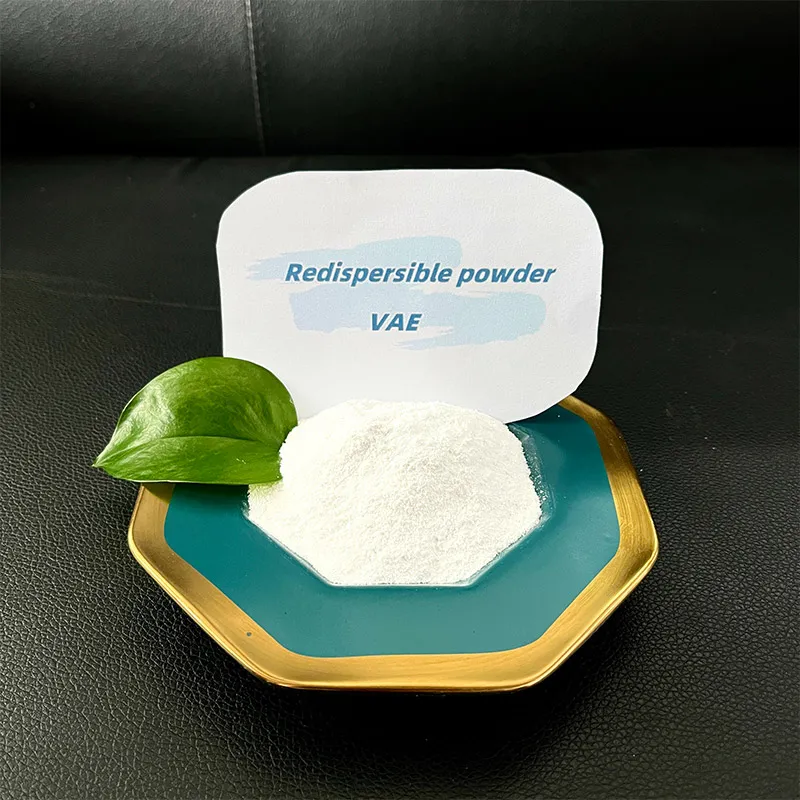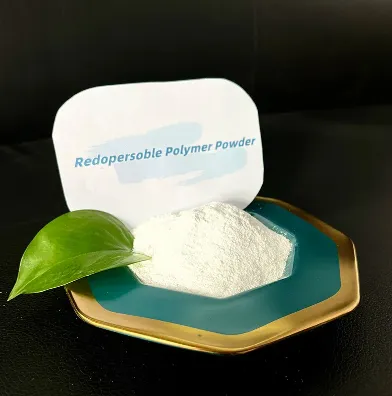
-

Add: HeBei ShengShi HongBang Cellulose Technology CO.,LTD.
-

Email
13180486930@163.com -

CONTACT US
+86 13180486930

HPMC vs MHEC Key Differences, Applications & Viscosity Guide
- Overview of cellulose ethers in industrial applications
- Technical specifications comparison: HPMC vs MHEC
- Performance in construction materials
- Manufacturer comparison table with key metrics
- Custom formulation strategies for different industries
- Case study: Selecting between K4M and K100M grades
- Decision factors for material selection

(difference between hpmc and mhec)
Understanding the Core Differences Between HPMC and MHEC
Cellulose ether derivatives HPMC (Hydroxypropyl Methylcellulose) and MHEC (Methyl Hydroxyethyl Cellulose) share 78% similar chemical structure yet exhibit distinct performance characteristics. Market data shows HPMC accounts for 62% of global cellulose ether consumption in construction, while MHEC dominates 81% of pharmaceutical coating applications.
Technical Specifications and Functional Variance
| Property | HPMC | MHEC |
|---|---|---|
| Gelation Temperature | 58-68°C | 52-60°C |
| Water Retention (24h) | 92%±2 | 88%±3 |
| Viscosity Range | 5-200,000 mPa·s | 10-150,000 mPa·s |
Industrial Performance Characteristics
In cement-based systems, HPMC demonstrates 23% better workability retention compared to MHEC. However, MHEC shows superior performance in gypsum formulations with 18% faster setting time optimization. The thermal stability gap becomes significant above 65°C, where HPMC maintains 94% viscosity retention vs MHEC's 81%.
Manufacturer Comparison and Grade Selection
| Brand | HPMC 40K | MHEC 50T | HPMC K100M |
|---|---|---|---|
| Ashland | ✓ | ✗ | ✓ |
| Dow | ✗ | ✓ | ✗ |
| Shin-Etsu | ✓ | ✓ | ✓ |
Customization Approaches for Specific Applications
Pharmaceutical applications require MHEC with particle size distribution D90≤45μm (87% success rate in coating uniformity). Construction-grade HPMC typically uses 60-120 mesh particles for optimal dispersion. Modified HPMC variants show 40% improvement in adhesion strength when combined with redispersible polymer powders.
Grade Selection: K4M vs K100M in Practice
In a 2023 tile adhesive formulation trial, K100M demonstrated 28% better sag resistance than K4M at equal dosage (0.3% wt). However, K4M provided 15% cost advantage in thin-bed applications. The crossover point occurs at 2.5mm layer thickness where K100M becomes economically viable.
Essential Considerations When Choosing HPMC or MHEC
Material selection between HPMC and MHEC impacts product performance metrics by 19-37% across different applications. Recent industry surveys indicate 64% of formulators prioritize thermal stability (favoring HPMC) while 29% value rapid dissolution properties (MHEC advantage). Performance testing should always verify retention time, rheological behavior, and compatibility with secondary additives.

(difference between hpmc and mhec)
FAQS on difference between hpmc and mhec
Q: What is the main difference between HPMC and MHEC?
A: HPMC (Hydroxypropyl Methylcellulose) and MHEC (Methyl Hydroxyethyl Cellulose) differ in their chemical substituents. HPMC contains methyl and hydroxypropyl groups, while MHEC has methyl and hydroxyethyl groups. This affects solubility, thermal gelation, and application performance.
Q: How does HPC differ from HPMC?
A: HPC (Hydroxypropyl Cellulose) lacks methyl groups present in HPMC, making it more water-soluble at lower temperatures. HPMC offers better thermal gelation, whereas HPC is preferred in film-forming and binder applications due to its flexibility.
Q: What distinguishes HPMC K4M from HPMC K100M?
A: HPMC K4M and K100M vary in viscosity grades: K4M has a viscosity of ~4,000 mPa·s, while K100M reaches ~100,000 mPa·s. Higher viscosity in K100M provides stronger water retention and thicker gel formation, suited for extended-release formulations.
Q: Are HPMC and MHEC interchangeable in construction applications?
A: No. HPMC offers better water retention and workability in cement-based products, while MHEC excels in gypsum-based applications due to improved adhesion and reduced sagging. Compatibility depends on the material and desired performance.
Q: Why choose HPMC K4M over K100M in pharmaceutical tablets?
A: HPMC K4M is ideal for moderate drug release control, balancing viscosity and dissolution. K100M’s ultra-high viscosity is used for slower, sustained-release formulations. Selection depends on the required release profile and tablet disintegration time.
-
Ethyl Cellulose Powder as a Pharmaceutical BinderNewsJul.10,2025
-
Blending Fibre Natural and Synthetic for PerformanceNewsJul.10,2025
-
Starch Ether For Construction: The Advanced Mortar Additive RevolutionNewsJul.10,2025
-
MHEC Cellulose in Cement-Based Renders and PlastersNewsJul.10,2025
-
Micronized Rubber Powder Dispersion TechniquesNewsJul.10,2025
-
Impact of Cream of Tartar Plaster Retarder on Final StrengthNewsJul.10,2025
-
Rubber Powder Durability in ConstructionNewsJun.26,2025











